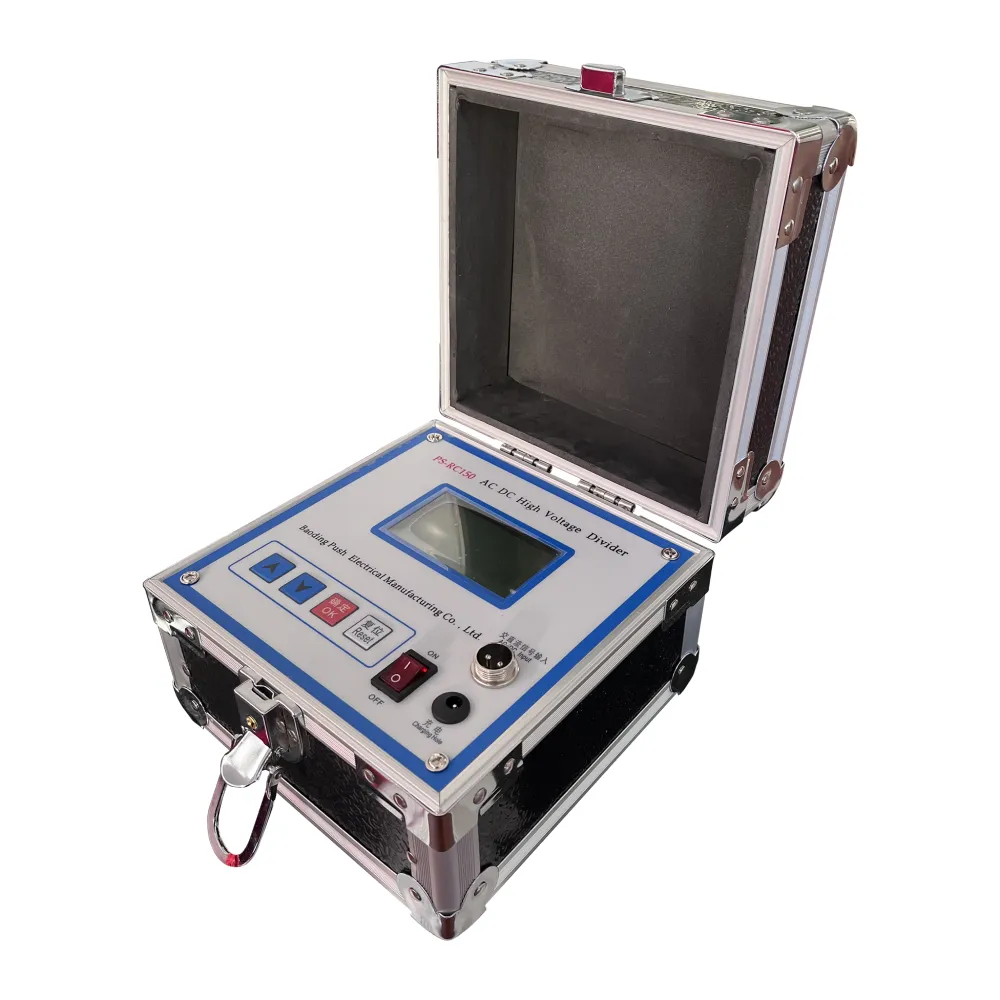 English
English



-
 Afrikaans
Afrikaans -
 Albanian
Albanian -
 Amharic
Amharic -
 Arabic
Arabic -
 Armenian
Armenian -
 Azerbaijani
Azerbaijani -
 Basque
Basque -
 Belarusian
Belarusian -
 Bengali
Bengali -
 Bosnian
Bosnian -
 Bulgarian
Bulgarian -
 Catalan
Catalan -
 Cebuano
Cebuano -
 China
China -
 China (Taiwan)
China (Taiwan) -
 Corsican
Corsican -
 Croatian
Croatian -
 Czech
Czech -
 Danish
Danish -
 Dutch
Dutch -
 English
English -
 Esperanto
Esperanto -
 Estonian
Estonian -
 Finnish
Finnish -
 French
French -
 Frisian
Frisian -
 Galician
Galician -
 Georgian
Georgian -
 German
German -
 Greek
Greek -
 Gujarati
Gujarati -
 Haitian Creole
Haitian Creole -
 hausa
hausa -
 hawaiian
hawaiian -
 Hebrew
Hebrew -
 Hindi
Hindi -
 Miao
Miao -
 Hungarian
Hungarian -
 Icelandic
Icelandic -
 igbo
igbo -
 Indonesian
Indonesian -
 irish
irish -
 Italian
Italian -
 Japanese
Japanese -
 Javanese
Javanese -
 Kannada
Kannada -
 kazakh
kazakh -
 Khmer
Khmer -
 Rwandese
Rwandese -
 Korean
Korean -
 Kurdish
Kurdish -
 Kyrgyz
Kyrgyz -
 Lao
Lao -
 Latin
Latin -
 Latvian
Latvian -
 Lithuanian
Lithuanian -
 Luxembourgish
Luxembourgish -
 Macedonian
Macedonian -
 Malgashi
Malgashi -
 Malay
Malay -
 Malayalam
Malayalam -
 Maltese
Maltese -
 Maori
Maori -
 Marathi
Marathi -
 Mongolian
Mongolian -
 Myanmar
Myanmar -
 Nepali
Nepali -
 Norwegian
Norwegian -
 Norwegian
Norwegian -
 Occitan
Occitan -
 Pashto
Pashto -
 Persian
Persian -
 Polish
Polish -
 Portuguese
Portuguese -
 Punjabi
Punjabi -
 Romanian
Romanian -
 Russian
Russian -
 Samoan
Samoan -
 Scottish Gaelic
Scottish Gaelic -
 Serbian
Serbian -
 Sesotho
Sesotho -
 Shona
Shona -
 Sindhi
Sindhi -
 Sinhala
Sinhala -
 Slovak
Slovak -
 Slovenian
Slovenian -
 Somali
Somali -
 Spanish
Spanish -
 Sundanese
Sundanese -
 Swahili
Swahili -
 Swedish
Swedish -
 Tagalog
Tagalog -
 Tajik
Tajik -
 Tamil
Tamil -
 Tatar
Tatar -
 Telugu
Telugu -
 Thai
Thai -
 Turkish
Turkish -
 Turkmen
Turkmen -
 Ukrainian
Ukrainian -
 Urdu
Urdu -
 Uighur
Uighur -
 Uzbek
Uzbek -
 Vietnamese
Vietnamese -
 Welsh
Welsh -
 Bantu
Bantu -
 Yiddish
Yiddish -
 Yoruba
Yoruba -
 Zulu
Zulu
electric current generation
Understanding Electric Current Generation
Electric current generation is a fundamental aspect of modern society, powering everything from household appliances to industrial machines. At its core, electric current refers to the flow of electric charge, typically carried by electrons in a conductor. The generation of electric current is achieved through various methods and technologies, each with its unique principles and applications.
One of the most common methods of generating electric current is through electromagnetic induction, a principle discovered by Michael Faraday in the 19th century. This process involves moving a conductor, such as a copper wire, through a magnetic field. The change in magnetic flux induces an electric current in the conductor, a process utilized in power plants worldwide. Generators, which convert mechanical energy into electrical energy, often operate on this principle. By turning a turbine connected to a generator, we can harness kinetic energy from various sources, such as wind, water, or steam, to produce electricity.
Another significant method of electric current generation is through chemical reactions, which occurs in batteries. A battery contains two electrodes—an anode and a cathode—separated by an electrolyte. When the battery is connected to a circuit, a chemical reaction takes place, allowing electrons to flow from the anode to the cathode, thereby generating electric current. This method is widely used in portable devices, electric vehicles, and backup power systems.
electric current generation

Solar energy has also emerged as a crucial player in electric current generation, especially in the context of renewable energy. Solar panels, composed of photovoltaic cells, convert sunlight directly into electricity. When photons from sunlight strike the solar cells, they dislodge electrons from their atoms, creating an electric current. This clean and abundant source of energy is increasingly being adopted across the globe as a sustainable alternative to fossil fuels.
In addition to these traditional methods, cutting-edge technologies such as thermoelectric generators and piezoelectric materials are being explored for electric current generation. Thermoelectric generators convert temperature differences directly into electrical energy, while piezoelectric materials generate electricity when subjected to mechanical stress. These innovations hold promise for harnessing energy from everyday activities, such as walking or even from waste heat in industrial processes.
As we look to the future, the need for sustainable and efficient electric current generation methods becomes increasingly important. With concerns over climate change and dwindling fossil fuel resources, innovation in energy generation technologies is crucial. Initiatives promoting renewable energy sources, smart grids, and energy storage systems are gaining momentum, paving the way for a more sustainable and resilient energy infrastructure.
In conclusion, electric current generation is a vital component of our technologically driven world. From traditional methods like electromagnetic induction to innovative approaches like solar power and piezoelectricity, the ways in which we generate electricity continue to evolve. As society pushes towards greener energy solutions, understanding these principles becomes essential in harnessing power for future generations. The ability to effectively generate, distribute, and utilize electric current will shape the landscape of energy consumption and production in the years to come.
-
Ensuring SF₆ Gas Safety: Introducing PUSH’s Integrated SF₆ Analyzer for Dew Point, Purity, and Decomposition MonitoringNewsJul.10,2025
-
Exploring the Main Types of Industrial Endoscopes and Their Applications Across IndustriesNewsJul.04,2025
-
Testing Equipment Industry Sees Major Advancements in 2025: Smart & Precision Technologies Lead the WayNewsJun.06,2025
-
Applications of Direct Current Generators in Renewable Energy SystemsNewsJun.05,2025
-
Hipot Tester Calibration and Accuracy GuidelinesNewsJun.05,2025
-
Digital Circuit Breaker Analyzer Features and BenefitsNewsJun.05,2025



